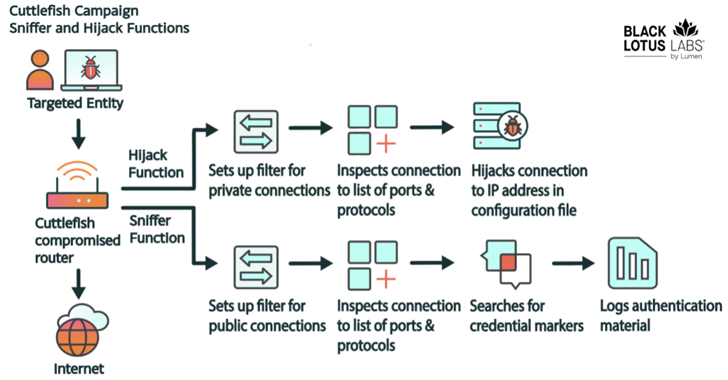Magniber ransomware emerges again leveraging various obfuscation techniques and with refined source codes. The most famous and long-running browser exploitation toolkit Magnitude delivering Magniber ransomware, and the toolkit primarily uses Zero-day remote code execution vulnerability allows an attacker could execute arbitrary code and take the complete control of the infected system (CVE-2018-8174).
Previously Magniber targets only South Korea, now it expanded geographically and targets Asia Pacific countries.
Security researchers from Malwarebytes labs spotted the Magniber with various obfuscation techniques and no longer dependent on a Command and Control server or hardcoded key for its encryption routine.
Magniber Ransomware Execution
Magniber ransomware download and execution is multi-staged, it uses obfuscated VBScript and JavaScript. After the exploitation of the vulnerability in Internet Explorer, the XOR-encrypted Magniber is retrieved.
“Each time a new file is going to be encrypted, two 16-byte long strings are generated. One will be used as an AES key, and another as an initialization vector (IV). Below you can see the fragment of code responsible for generating those pseudo-random strings.”
The new version of Magniber ransomware comes with a public RSA key which makes it complete the encryption process without an Internet connection. It uses to encrypt the file and ads ransom note named README.txt and the file extension is [.]dyaaghemy.

It displays a ransom note and asks to make payment of 0.35 BTC within 5 days to recover the files encrypted.

Researchers said the code fully was rewritten over time and it’s list expanded adding other Asian languages, such as Chinese (Macau, China, Singapore) and Malay (Malysia, Brunei). Magniber ransomware would install only if a specific country code was returned, else it would delete by itself.
Also Read
New Version of GandCrab Ransomware Attack via Compromised Websites using SMB Exploit Spreader










